Searching for a Used EV on a Limited Budget
Electric vehicles are the future, because they contribute much less to global warming and climate change than gasoline-only models. Many are on sale today, but at just over two percent of the U.S. market in 2018, they are still not the choice of most drivers. (Note: They are more popular in California and in some foreign countries.)
If you want to try an electric car, but have a limited budget, exploring the used EV market is the way to go. I have some recommendations below, along with an overview of the advantages and disadvantages of EVs, and an explanation of the different types.
EV Advantages and Disadvantages
Pure electric cars are clean and quiet, need nearly zero service, cost less to run, and provide great acceleration, but there are some disadvantages at the moment.
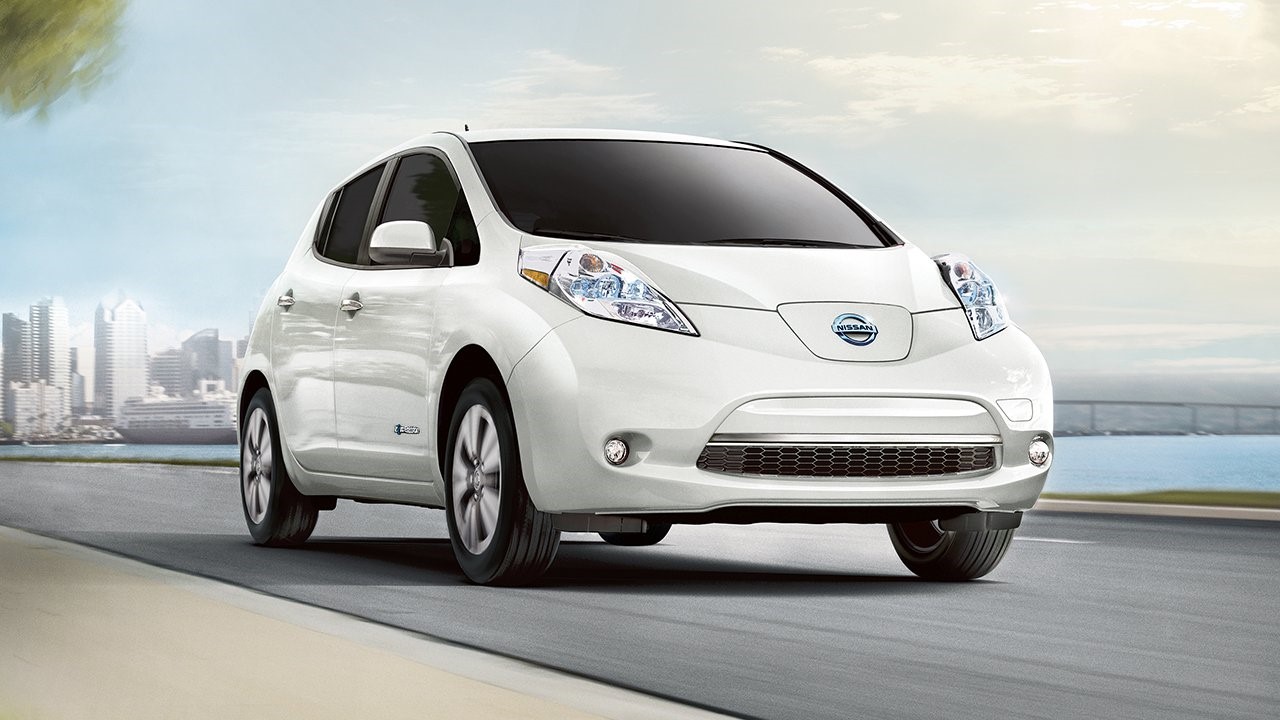
First, all-electric cars are not available in all sizes and models. There are no all-electric pickup trucks (yet—it looks like they’re coming soon from old and new companies), for example, and handsome all-electric sedans are pretty much limited to Tesla (there are some nice plug-in hybrids, though).
Second, electric cars tend to be more expensive, partly because of the cost of batteries and having fewer units over which to spread development costs. This should change significantly in the next few years.
Third—and this is the deal breaker for many folks—electric cars have range limitations and charging the battery is still less convenient than pulling into a handy gas station.
Four Kinds of Electric Vehicles
Your car has to work for your lifestyle. There are four types of electrified vehicles, and which one you pick should match what you plan to do with it.
A hybrid combines of a gasoline engine and an electric motor to improve fuel economy. The motor has a small battery that uses electricity that’s generated when you slow down or brake. The Toyota Prius is the poster child, although there are many others, including hybrid versions of familiar vehicles. Hybrids can get more than 50 miles per gallon, which is a big improvement over any regular gasoline car. You don’t have to do anything special with a hybrid—just fill it up with gas and drive it. But you do it less often. Hybrids don’t plug in, so they rely on their gasoline engine for basic propulsion. They come in a variety of configurations covering almost all vehicles styles.
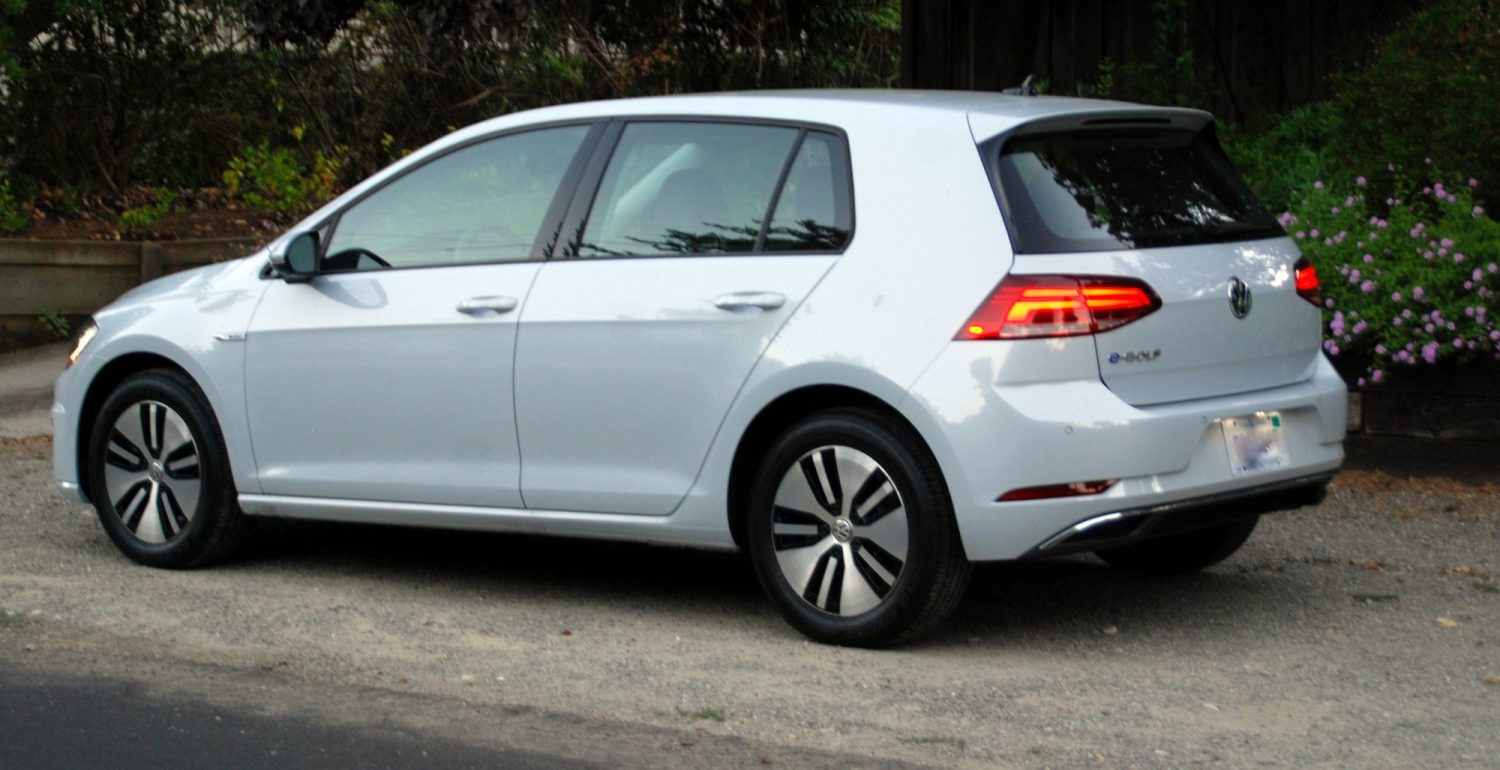
Plug-in hybrids (PHEVs) are just that—they have plugs and have a larger battery than hybrids, so you can charge them up and use only electricity for a limited range, anywhere from 11 to more than 50 miles. They still work like hybrids. If you’re commuting and running around town, you may not use gasoline at all on a particular day. But—if you jump on the freeway you can drive across country without a thought. For some people, this is ideal. The downside is that you still have to pay for gasoline-car maintenance and you are carrying both powertrains around all the time. If you don’t plug the car in, it still acts like a regular hybrid, but if you do, you’ll get to drive on electrons part of the time. The pioneering Chevrolet Volt is a good example and offers up to 53 miles of electric range. There are many PHEVs on the market today, covering most vehicle applications.
Battery-electric vehicles (BEVs) run on their battery only. You have to plug them in to drive them. They vary in range, and the newest ones can get more than 300 miles on a charge. You can charge them using household 120-volt current (very slow) or Level 2 (240-volts) at home or at charging stations (it takes hours to charge) or “fast charging,” which can take less than an hour to fill the battery. BEVs work best when you’re not planning to travel long intercity distances regularly. Charging networks are growing, but most users normally charge at home or at work, which means never going to a gas station. Technological advances and range increases are in the works. The most popular new BEVs are sedans—the Tesla Model 3, Nissan Leaf and Chevrolet Bolt EV.
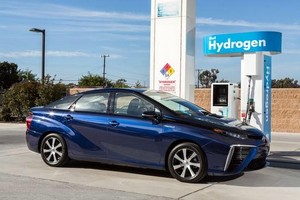
The fourth kind of EV is the fuel-cell vehicle, which creates its own electricity using compressed hydrogen gas as a fuel. This works, but there are drawbacks: hydrogen stations are few and far between, the fuel itself is expensive (although some manufacturers subsidize it) and is energy-intensive to produce. Fuel cell cars are only available where stations are located, which is basically urban areas of California. Today, there are only three vehicle choices in the marketplace—two sedans and one crossover. If you live near a hydrogen station and like the looks of the vehicles, you may be able to swing a lease deal on a Honda Clarity, Toyota Mirai or the brand-new Hyundai Nexo. I found one 2017 Toyota Mirai priced under $20,000 (and a few under $25,000), but at this point I recommend investing in one of the three other EV types.
Recommendations
If you are OK with driving locally and can borrow or rent another car for that once-a-year 2,000-mile trip, get a pure EV. If you want to drive electric for commuting and local errands but be able to take off and go to the mountains or visit your children in the next state every month, opt for a plug-in hybrid. If you want to do something about the climate crisis, but live in an apartment and don’t have any charging at work, try a hybrid. Hybrids take half a car off the road, which is still a lot.
Notes: Below are my top four picks in each category for affordable used BEVs, PHEVs, and hybrids. They are listed alphabetically in each section, not in order of preference. This is not an exclusive list. Feel free to consider any electric vehicle if it meets your needs and budget. Prices vary depending on mileage, condition, and what the seller is asking. I capped it at $20,000, but there are many cars for much less. There are also some great choices for significantly more. My research is based on looking on cars.com for the San Francisco Bay Area. I’ve shown miles per gallon (MPG) for hybrids, since range isn’t an issue (but fuel economy is).
Pure EV Options
The newest BEVs tend to have longer ranges, but lower-priced older EVs have ranges around 100 miles or less. We’ve included links to our tests of some of these models; tests were done on new models.
Body style: hatchback
Battery range: 73-107 miles (depending on year—new 2018 model has 150)
Price Range: $6,481 – $16.998 (2011-16)
Summary: EV pioneer, biggest seller, large dealer network, plenty to choose from, polarizing styling
___
Body style: compact hatchback
Battery range: 87 miles
Price range: $8,275 – $16,500 (2015-17 models)
Summary: Cute, fun, retro feel, may become orphans someday
___
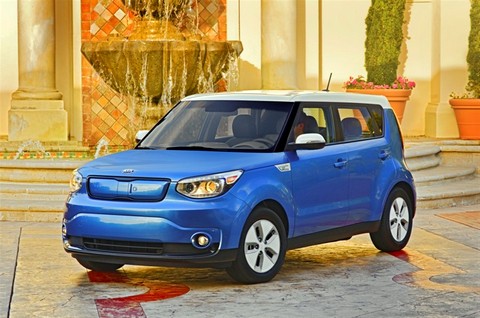
Kia Soul EV
Body style: hatchback (box)
Battery range: 93 miles
Price range: $12,030 – $16,792 (2015-16)
Summary: Roomy, slightly better range than others, boxy styling isn’t for everyone
___
Body style: hatchback
Battery range: 83 miles
Price range: $12,500 – $16,988 (2015-16)
Summary: All the goodness of a Golf, but electric; 2017 model upped range to 125 (but is $20,000+)
____
Plug-In Hybrids
Electric range is small, but you can go anywhere with gasoline
Body Style: hatchback
Battery range: 32-53 miles electric-only, 380-420 total
Price range: $6,999 – $19,998 (2012-16)
Summary: PHEV pioneer, biggest plugin EV range, 2016 and later models offer fresh styling and greater range, only four-passenger seating
___
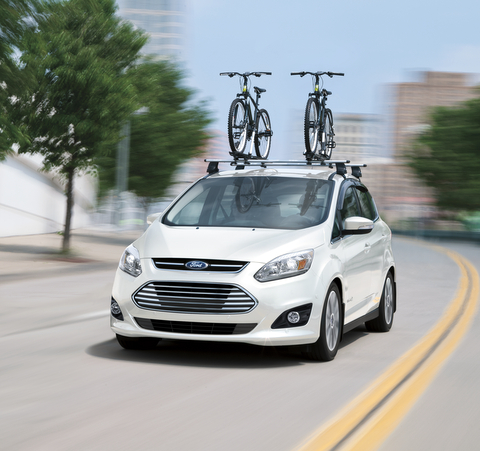
Body style: tall hatchback
Battery range: 21 miles electric-only, 570 total
Price range: $9,800 – $18,991 (2013-17)
Summary: Spacious family car, European design, non-plug-in hybrid version also available
___
Body style: midsize sedan
Battery range: 13 miles electric-only, 570 total
Price range: $15.681 – $19,991(2014 only)
Summary: Popular and award-winning, PHEV version is rare (2014 model only), see Hybrid
____
Body Style: hatchback
Battery range: 11 miles electric-only, 540 total
Price range: $9.000 – $19,492 (2012-15)
Summary: Prius virtues, plus some all-electric capacity, most other PHEVs have greater electric-only range, but lower mpg when in hybrid mode (Note: new Prius Prime has greater electric range but is $20,000+)
____
Hybrids
Showing mpg rather than range—more important for a hybrid
Body style: midsize sedan
EPA MPG: 42 combined
Price range: $9,355 – $19,025 (2010-18)
Summary: You can get a nearly new car for under $20K!, Fusion and C-Max share drivetrains
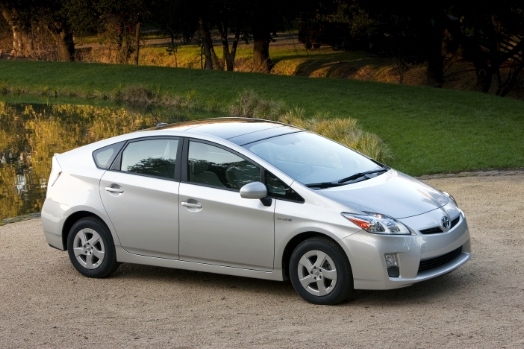
Body style: midsize sedan
EPA MPG: 47 Combined
Price range: $15,550 – $18,998 (2015)
Summary: Popular vehicle, 2017 hybrid available for $22-25,000
-___
Body style: midsize sedan
EPA MPG: 36
Price range: $8,995 – $18,990 (2013-17)
Summary: Nice looking and driving. Not as high mpg as some others, though
___
Body style: hatchback
EPA MPG: 50
Price range: $9,399 – $19.989 (2010-2017)
Summary: The original hybrid, lots to choose from, watch for different levels of equipment when buying

3 thoughts on “How to Find the Right Affordable Electric Car”